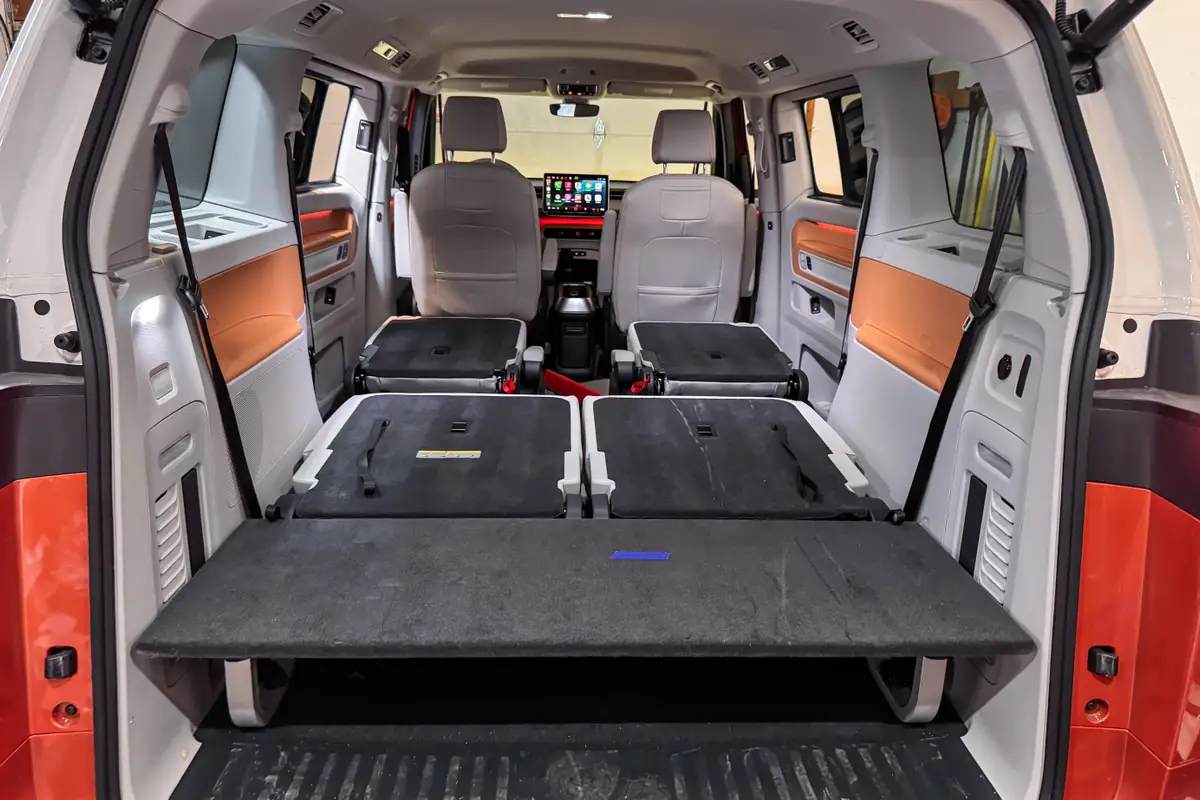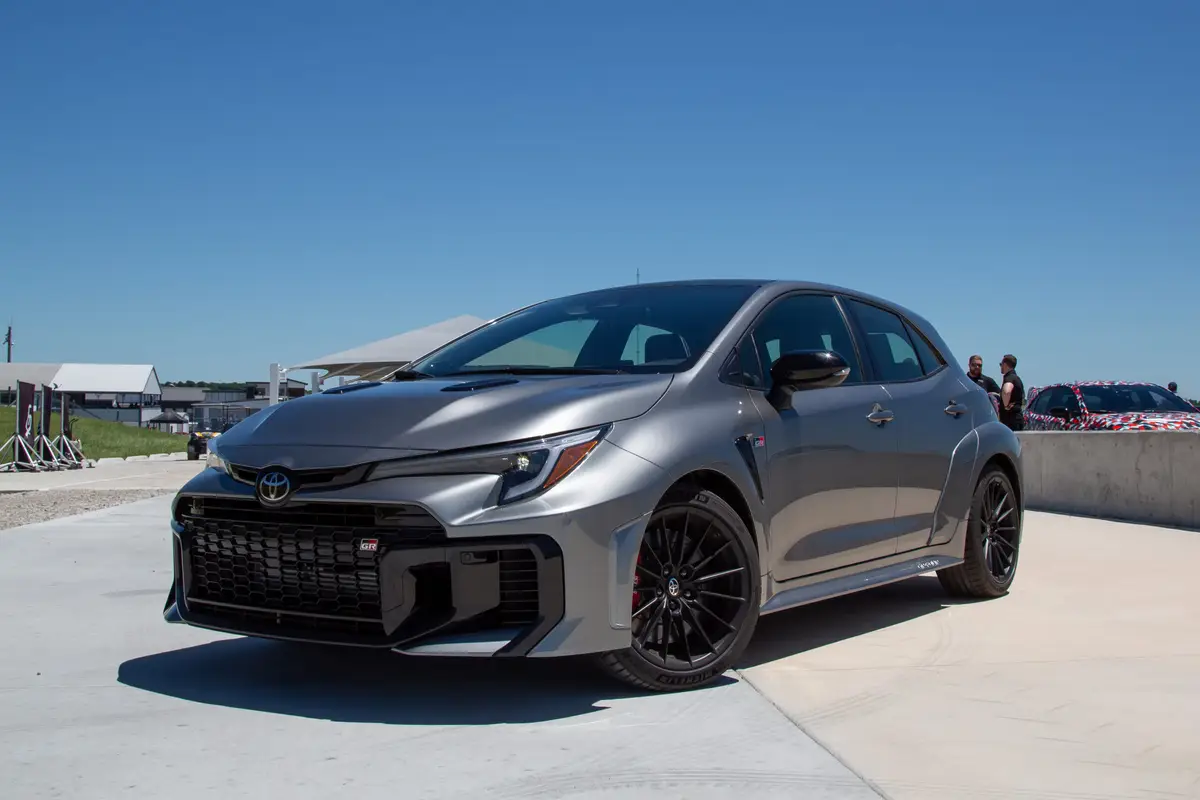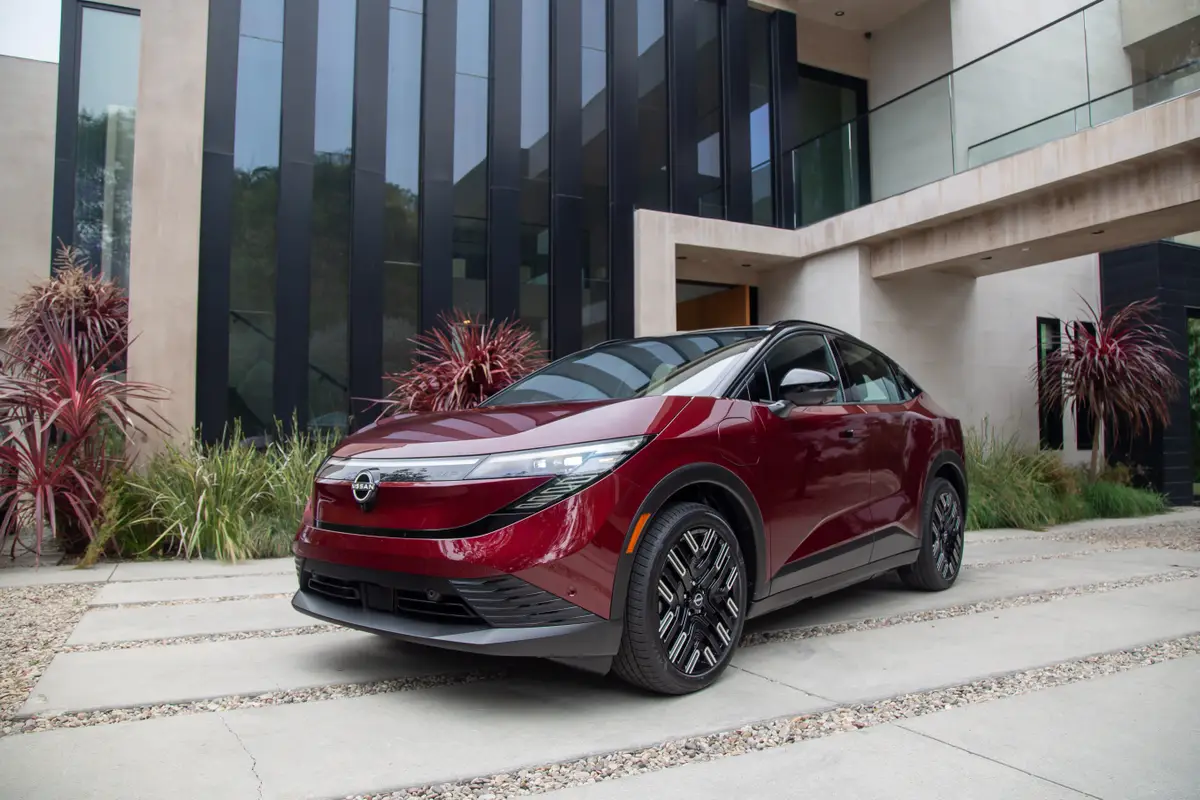What Is Subaru EyeSight?


Subaru says EyeSight acts as an extra pair of eyes that try to see accidents before they happen to help prevent them.
Related: Which Cars Have Self-Driving Features for 2021?
Those extra “eyes” are two cameras mounted on the windshield on either side of the inside mirror. The visual images and other data from the cameras are processed by the engine control, transmission control and vehicle dynamics control modules. They then determine when and how to intervene through advanced driver-assistance systems offered by Subaru, including precollision braking, precollision throttle management, adaptive cruise control, lane departure warning, and lane keep assist and sway.
EyeSight includes pedestrian detection, and it can detect speed differences with other vehicles up to 30 mph and bring a vehicle to a full stop to prevent a collision. The lane keep feature will steer a vehicle back into a lane if EyeSight senses it is drifting across lane markers.
History
Eyesight debuted with black-and-white cameras as on option on the 2013 Outback and Legacy. An update for the 2015 model year added color cameras and brake light detection; distance detection was also increased by 40% to about 365 feet for a wider detection area. Since 2015, EyeSight has been modified to work with Subaru’s advanced adaptive cruise control.
EyeSight is standard on the 2021 Ascent, Forester, Legacy and Outback, and included on other models that are equipped with a continuously variable automatic transmission.
Other manufacturers offer similar crash-prevention systems, but some use radar or other types of sensors in addition to or instead of cameras.
Safety Implications
The Insurance Institute for Highway Safety gives Subarus equipped with EyeSight its highest rating for front crash prevention. A 2017 IIHS report said EyeSight was effective in reducing collision, property damage and bodily-injury claims. For example, the first generation of EyeSight reduced pedestrian bodily-injury claims by 33% and the second-generation by 41% compared with Subaru models that didn’t have EyeSight.
Drivers can disable EyeSight functions by turning off features individually. EyeSight automatically activates when the engine is started.
More From Cars.com:
- What Is Adaptive Cruise Control?
- Which Cars Have Self-Driving Features for 2020?
- 2021 Subaru Forester: 6 Things We Like and 4 We Don’t
- Subaru Issues Big Recalls for Crosstrek, Impreza, Forester
Cars.com’s Editorial department is your source for automotive news and reviews. In line with Cars.com’s long-standing ethics policy, editors and reviewers don’t accept gifts or free trips from automakers. The Editorial department is independent of Cars.com’s advertising, sales and sponsored content departments.

Contributor Rick Popely has covered the auto industry for decades and hosts a weekly online radio show on TalkZone.com.
Featured stories




